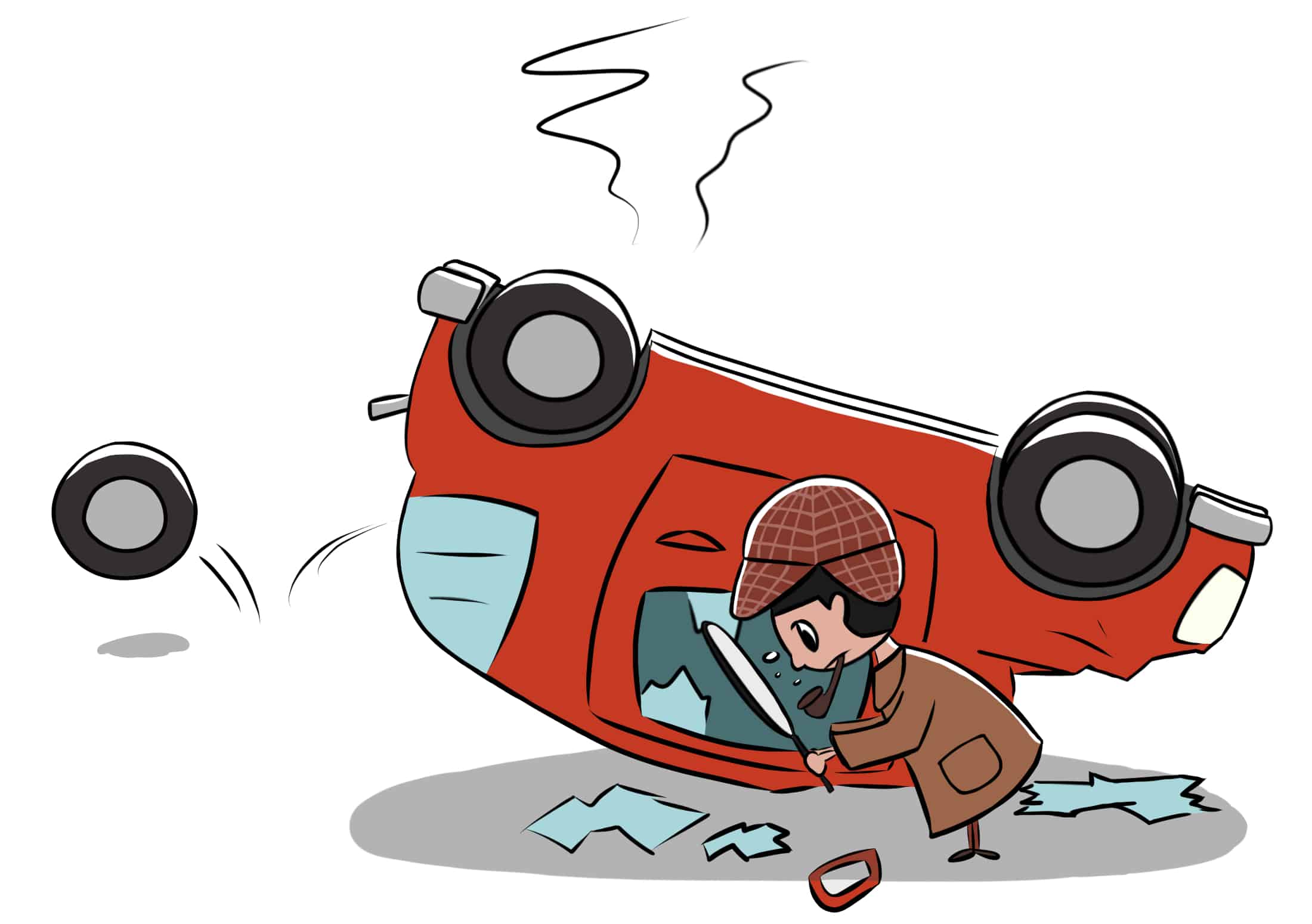Crime scenes have become popular in today’s television shows. Shows like CSI: Crime Scene Investigation highlight a job that uses parts of the crime scene to determine the events that occurred there. The scientists test DNA samples, and conduct multiple experiments to test materials for deficiency and to reconstruct the cause of the disaster or accident.
Crime scene investigation is intriguing and has been made attractive by media. But who are the real scientists who perform forensic analysis, and what procedures do they use on the job?
Doug Perovic, U of T professor in the Department of Materials Science and Engineering, has worked in forensic engineering for 25 years. The job entails investigating the failings of materials or products with scientific methods to improve their longevity and performance. U of T’s Faculty of Engineering has introduced a new certificate program in the field.
This January, Perovic will teach a course where students will analyze some of his high profile cases such as the stage collapse at a Radiohead concert in 2014 and the Sunrise Propane explosion in 2008.
The Sunrise Propane plant exploded in August of 2008 due to illegal truck-to-truck propane transfer. The explosion killed Parminder Singh Saini, a Sunrise employee. Perovic’s role was to investigate if the tanks had caused the explosion; he found that they did not.
Perovic’s goal for his class is to, “[teach] students how to apply their engineering knowledge to ask the right questions when investigating a complex, often messy, real-world problem from beginning to end.”
Students will investigate physical evidence at the Ontario Centre for the Characterisation of Advanced Materials (OCCAM) laboratory, jointly operated by the Materials Science and Engineering and Chemical Engineering departments.
OCCAM has strong scanning electron microscopes that produce clear images of a fracture surface which help forensic engineers find the origin of the fractures.
For example, Perovic studied a case of an Ottawa woman’s fractured prosthetic hip. The electron microscope helped find the fracture that was caused by a manufacturing defect. One of Perovic’s previous students studied how hip implants fail. She will study how the materials could affect its failure and whether the product failing is a design or a manufacturing issue.
Forensic engineers focus on three areas: product liability, fire explosions and collision reconstruction.
Perovic’s specialty is product liability, an area of law that holds manufacturers, suppliers, and distributors of a product accountable for injuries caused by products.
Forensic engineers conduct their investigation to test for product failures. Their results can be presented in court for a legal review. The presentations can be used during a trial or in a pre-trial negotiation, or the forensic engineer can testify as an expert witness.
For example, as described in Maclean’s, one of Perovic’s cases was to investigate a defective glass ceramic cookware that a cut a man’s wrist when it exploded. Perovic tested four pots identical to the exploding one. Perovic carried out chemical and structural analysis on the pot for defects. He also did a thermal shock test to simulate the plaintiff’s situation by moving the hot pot to a bin of soapy water. One of the pots failed.
Perovic testified that the margin of safety for heating the pot was too low, therefore the product was defective. The plaintiff won $1.2 million in compensation.
Perovic’s first class will open with looking at police photos, including decapitation victims. Though these are gruesome images, forensic engineers must thoroughly analyze all evidence if they want to glean an accurate interpretation of the disaster.
Perovic states that, “if you want to do this stuff, you’ll be looking at things like police photos.”
Since forensic engineers like Perovic are called when lawsuits are made for product or material defects, the insurance companies that hire forensic engineers want the evidence to be in favour. However, forensic engineers have a moral obligation to public safety rather than the company that hires them.
Perovic told the Toronto Star that he wants his students to “learn that their duty as forensic engineers is not to whichever company hires [them] to investigate, but to the public to ensure we figure out what went wrong and make sure it doesn’t happen again.” Students will be asked to analyze these cases, apply procedural and scientific analysis, and use this evidence to come to an unbiased result.
Forensic engineering combines criminal investigation, the understanding of designs and structures, and the logical skills required to improve the structures for optimal use and safety.
The forensic engineering program will be open to U of T’s undergraduate students in the 2017-2018 academic year.


